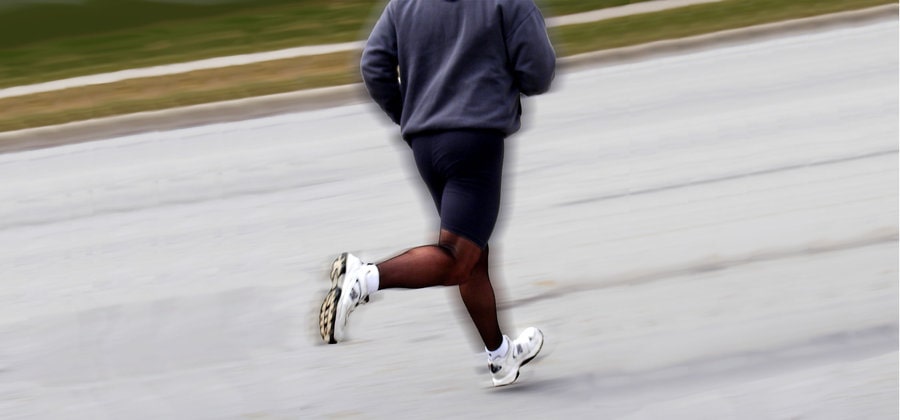How to Prevent and Treat Shin Splints
Hi, and welcome back to the Mohsin Salya blog.
Shin splints are some of the most common injuries for runners, and it’s very rare that a runner will go through their life without suffering this at some point. It’s not just runners that suffer – shin splints are common among dancers, gymnasts and military recruits too.
In runners however, shin splints are a more common injury for beginners and long-distance runners, but are both curable and preventable. In this blog post I’ll be explaining what shin splints are, how to treat them and how to prevent them in the future.
What are shin splints?
‘Shin splints’ is actually a term used to describe a wide range of lower-leg injuries and lower leg exercise-induced pain. However, in the running world, shin splints injury is usually the medical condition known as medial tibial stress syndrome – MTSS for short.
The main symptom of shin splints is a dull, aching pain in the front of the shins. This is usually felt in an area measuring roughly 5 inches in length on either side of the shinbone or in the muscles surrounding it.
What causes shin splints?
Shin splints occur in most cases as a direct result of the repeated impact to the bone tissue, tendons and muscles surrounding the tibia. This leads to inflammation of the connective tissue that covers and joins the muscles of the lower leg to the shin bone.
How do I treat shin splints?
Shin splints are not a serious injury, provided you treat it before it has chance to become chronic. Doing the following as soon as you start to feel any shin pain should do the trick.
- Rest: If you start to feel any shin pain, rest. You shouldn’t be doing any type of running or high impact exercise until it can be done pain free.
- Ice therapy: Ice the affected area for 15 to 20 minutes, three to four times a day to reduce pain and swelling. Keep icing on a daily basis until the injured area is no longer inflamed or painful.
- Medication: In cases of severe pain, you may have to take anti-inflammatory medication to soothe pain and speed up recovery. However, it’s always important to check with a pharmacist first.
- Recovery: It can take anything from two to four weeks to recover from shin splints, depending on how severe you were injured. As you start to notice improvements, opt for alternative low-impact exercise such as swimming or yoga.
If the pain persists and symptoms fail to improve, you should always seek medical advice.
How do I prevent shin splints?
It’s true that prevention is better than a cure. Here are a few measures you can take to try and prevent shin splints:
- Make sure you have the right running shoes
- Start a comprehensive strength training regime that’s aimed to strengthen the muscles and the tendons in the lower legs and feet
- Consider getting a biomechanical analysis (conducted by a professional, typically using a motion capture video) to pin down and isolate the exact problems with your running biomechanics
- Make sure you perform a wide range of stretching exercises for the hamstrings, calves, and the Achilles
Until next time,
Mohsin Salya




